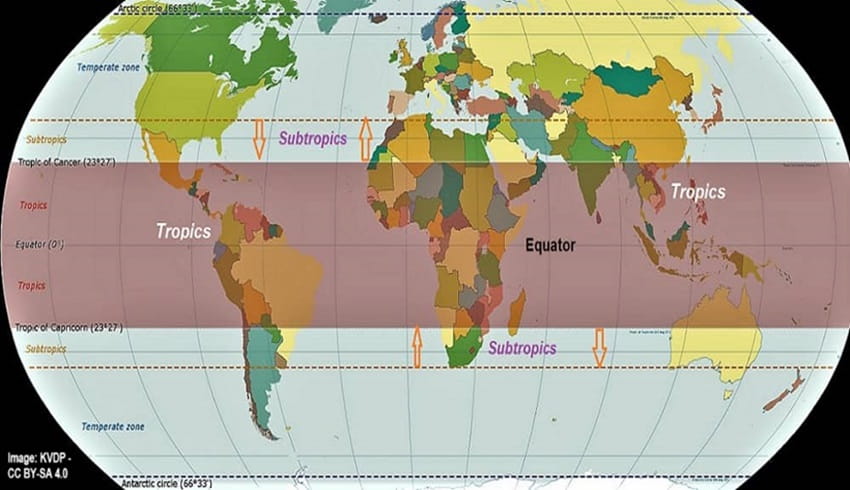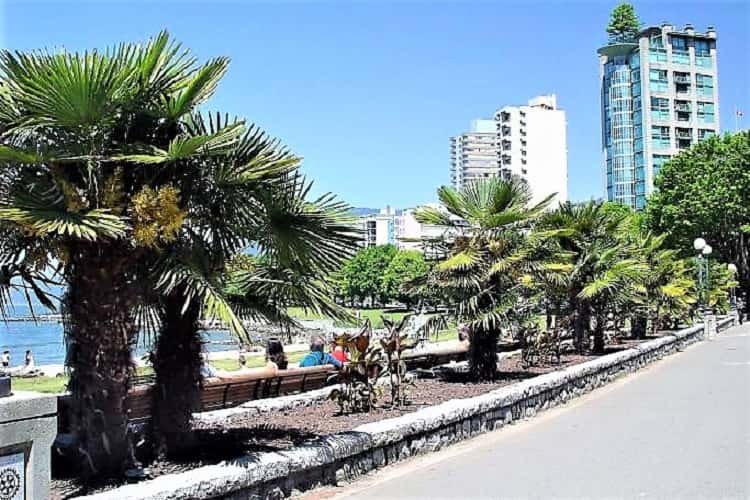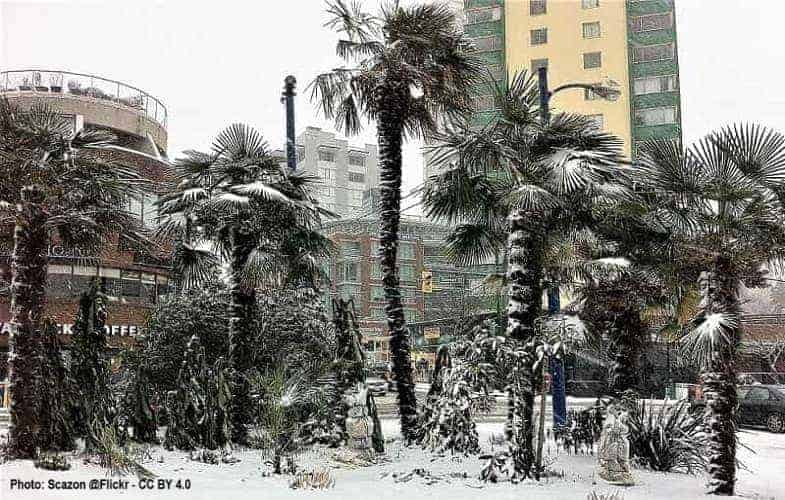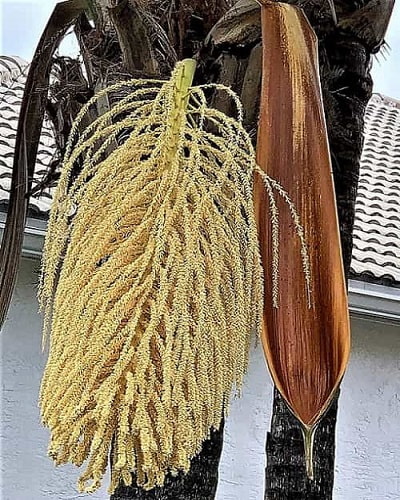- Home
- Palms Can Grow Here!
Where Can Palm Trees Grow?
Where can palm trees grow - that's something people think about, at times. Have you thought of that?
We're always surprised when we travel and see a palm tree in an unexpected place. Yet even though startled by it, we're kind-of happy.
At Mission: Palm Trees
Palm lovers can soothe their palm-related searches and concerns. Our articles are intended to inform, while having fun, easily Finding What You Want or Need. Without unneeded shoptalk & tiring endless research. We Research For You!
I'll never forget the first time we traveled to Ireland, way back, and saw a small palmy looking tree there.
Aside Bantry Bay, in the beautiful town of Bantry. Got me so curious of what this plant was!
Was This an Irish Palm Tree?
Heard people saying it was a Cabbage Palm.
Eventually I did look it up. Was it a true palm tree? NO. But I did like the way it looked!
Got me started thinking, Ireland probably does have the type of climate where palm trees could grow. Because the Gulf Stream flows right by the West Coast. Coming up from the south, most of the time it keeps cold extremes away.
Rarely does go below freezing in Ireland's coastal areas. Especially for any length of time.
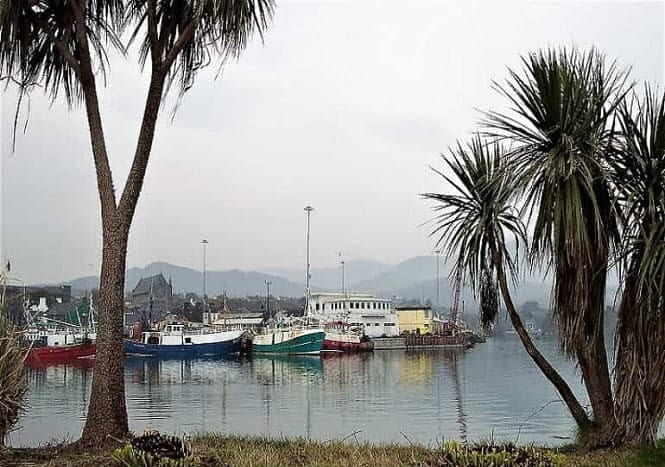 We were amazed to see what we thought looked like palm trees in Bantry
We were amazed to see what we thought looked like palm trees in Bantryon the waterfront of Bantry Bay.
Where Do Palm Trees Grow?
You know, for sure, that palm trees grow in warm, tropical and subtropical areas around the world.
More precisely, that's north and south of the equator, between the Tropic of Cancer, south to the Tropic of Capricorn.
MAPPING THE TROPICS
The map below outlines tropical and subtropical world climates. Yes it includes:
THE AMERICAS
- The Southernmost part of the U.S. & all of Mexico
- All of Central America & the Caribbean Islands
- Much of South America
SOUTH PACIFIC
- The islands of the South PacificMost of Australia
- Southern Asia & Southeast Asia
SOUTH OF EUROPE
- Nearly all of Africa
- A major portion of the Middle East
The one continent that has never seen successful outdoor palm tree growth is Antarctica. That's some initial thoughts on Where Palm Trees Grow.
Palms Can Grow Where?
No, Ireland is not within those boundaries. Think about it - there are many other areas where palm trees can grow that aren't either!
How about the coast of Spain, Italy or Southern France on the Mediterranean?And along the West coast of the United States. Can palm trees grow in New Zealand or in Melbourne Australia?
These are Places Where Palm Trees Grow
Yes! For instance, we vacationed in Dénia, along the Costa Blanca region of Spain.
There were gorgeous palms on walkways and along some Mediterranean beaches. In Alicante, we had a wonderful stroll along such a pathway the night before we flew back home.
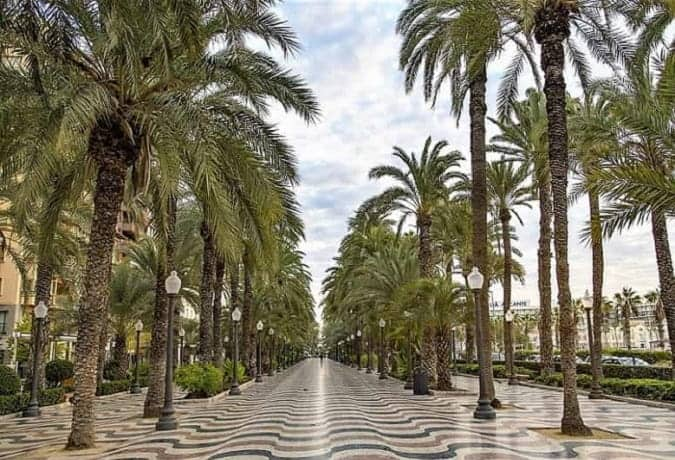 Explanada de España in Alicante - A Wavy Stroll
Explanada de España in Alicante - A Wavy StrollPalms Grow in Canada
CANADA? REALLY??
We were heading out for an Alaskan cruise along the inside passage, from Vancouver, Canada. Stopped overnight there for a couple days first.
We walked the Seawall, just under 5-1/4 mile (8.4 km) circle pathway in Vancouver's Stanley Park. We had a pleasant surprise to see several palm trees along our route to the park.
Figuring Out Where Can Palm Trees Grow
HOW COLD?
Palm trees don't tolerate very cold weather. If temps go below 32oF (0oC) most palms are bound to have frost damage, which can kill them. Even when temperatures lower to the 45oF (7.2oC) range, some species are harmed.
Yet some palms are cold-tolerant. That doesn't mean they like getting chilled!
But they can endure temperatures to about 20oF (-6.6oC) for a short time. Some even a bit colder - again only a minimal time-frame, on rare occasions.
Figure that polar areas aren't places where palm trees can grow.
HOW THIRSTY ARE THEY?
Also think about moisture. How much precipitation do palms need, or can casually survive without? Because tropical and subtropical regions do include deserts.
Deserts are arid places. Some palm trees can grow as heat/drought resistant selections in xeriscape landscaping. Take into consideration there are cold deserts not suitable for where palm trees can grow.
PALM LOOK-ALIKES
Some plants look similar to palms, and are mistakenly called palm plants. They're Cycads! They're in an entirely different plant classification category: the phylum. That's the 6th highest of the 8 rankings. That's were palm and cycad classes separate.
Often Cycads are more tolerable to some extreme climate or weather conditions. You can learn to distinguish them.
Others sometimes mistaken for being palms are yuccas & aloes. Although interesting looking, they're not palms. They also can tolerate some climes which palm trees cannot.
But still, where can palm trees grow? That's another thought altogether!
Where Can Palm Trees Grow
That's Surprising?
We've already mentioned many areas in the world where palm trees can grow. Now we'll get a bit more specific. We'll take it by region. To see where can palm trees grow in these areas. See where they're actually successfully growing!
Where Can Palm Trees Grow in Europe?
EUROPEAN CLIMATES
Temperate European climates, or those called Mediterranean climates often have many areas suitable for where you can grow palm trees. Essentially, think of cold hearty palm trees for best results, if you plan on growing palms.
If you view a European Hardiness Zone Map, it's really helpful to see where can palm trees grow in these areas. What to do is evaluate the duration of the lowest overall average temperatures.
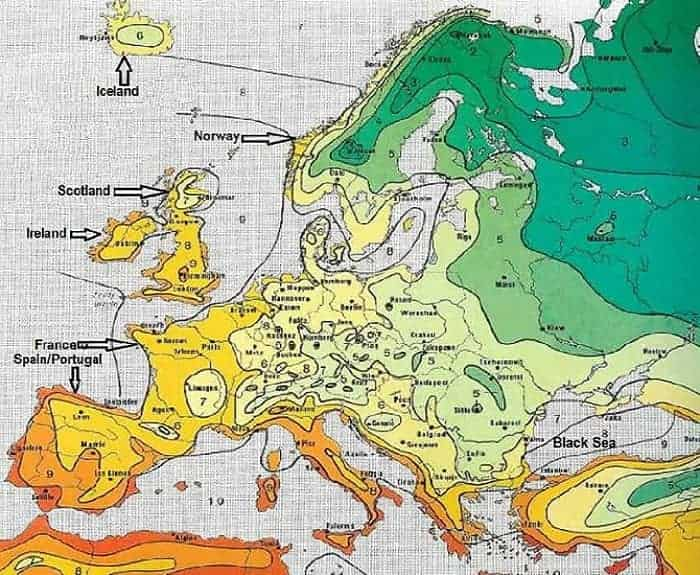 European map of plant hardiness zones - Not to Scale
European map of plant hardiness zones - Not to ScaleImage: Gmihail Serbian - CC BY-SA 4.0
EUROPE'S PALM ZONES
Palm trees normally can grow in Europe within Zones comparative to USDA 7, 8, 9 & 10. The higher the Zone number, the more apt you are to see successfully growing palm trees in Europe. Where would this be?
Viewing the map, the best growing areas are Zone 10:
- Much of coastal Spain & Portugal.
- Southern & most western coast areas of Italy.
- Southwestern coastline regions of Greece.
- Most islands & countries of the western Mediterranean Sea, particularly near the coasts.
Several palm species can grow here, such as:
- Needle Palm (Rhapidophyllum hystrix)
- Palmetto (Sabal palmetto)
- Windmill Palm (Trachycarpus fortunei v.wagnerianus)
- Brazilian Needle Palm (Trithrinax brasiliensis)
- Cotton Palm (Washingtonia filifera)
Where Can Palm Trees Grow in the Americas?
Besides The U.S Tropics & Subtropics, and Central & South America, are some surprising regions where palm trees can grow. The types of palms include those that can grow in Europe. Yet some districts can grow a wider variety.
Where Can Palm Trees Grow in Canada?
Look to the Southwestern-most localities of the western province of British Columbia.
That's about the only suitable area of Canada to think of growing palm trees. Think of areas nearest sea level, and near waterside. That includes some parts of Vancouver, as well as Vancouver Island.
The best palm trees that can grow there, are also mentioned for Europe.
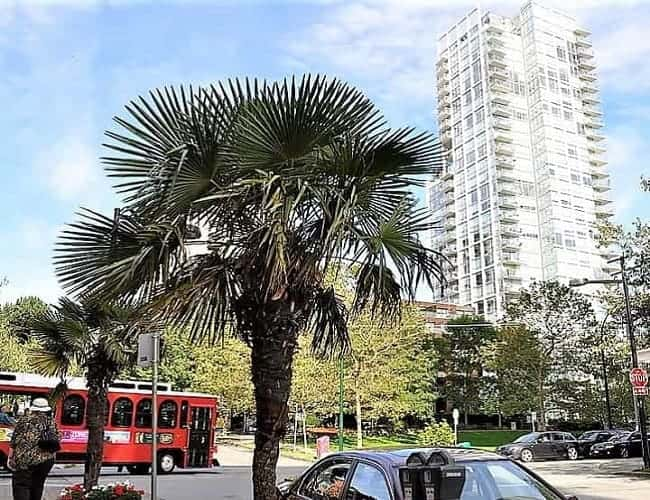 Where can palm trees grow? Here on Hornby Street in Vancouver Canada!
Where can palm trees grow? Here on Hornby Street in Vancouver Canada!Photo: Joe Mabel - CC BY-SA 4.0
Where Can Palm Trees Grow in South America?
MANY AREAS
The Amazon rain forest covers a good portion of this continent. Many species of palm trees bask in such an area. Lots of them were endemic here.
Travel throughout all the countries, you'll find nearly all territory is suited for where palm trees can grow. There are two real exceptions. Because mountainous elevations regularly see temperatures well below what palms tolerate.
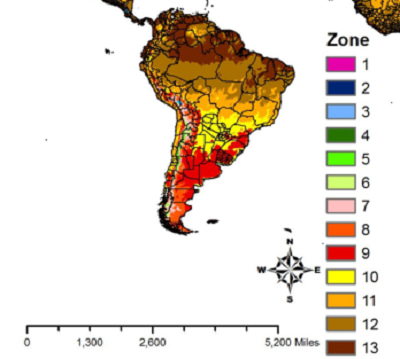 South American Plant Hardiness Zones
South American Plant Hardiness ZonesNot to Scale
These areas are:
- Caparaó Mountains in the eastern part of South America
- The Andes Mountains that line up near the western edge along South America
Surprising Areas Palm Trees Can Grow in the US
Where can palm trees grow in the United States that aren't tropical or subtropical? Mostly on the west coast. If someone knows of a palm tree growing elsewhere in these Lower 48 - please Let Us Know!
Where can palm trees grow in California?
I think of the first time we traveled through the Central Valley on I-5 North.
Seeing palm trees along the way. Yet, when I thought we were too far north for them, still - there they were, growing!
But where can palm trees grow in California?
- Up along the coast to about the Mendocino area.
- May be scattered anywhere in the Central Valley area. Until you begin climbing out of it, going north of Redding.
- Look at the USDA Plant Hardiness Map for Northern California for best details
- However, one tip: always use common sense & best judgment with using these USDA maps
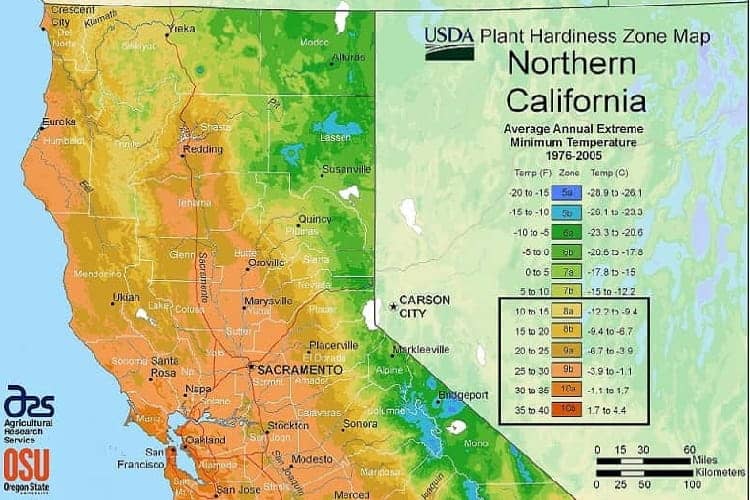 U.S. Department of Agriculture's map of northern California zones - Not to Scale
U.S. Department of Agriculture's map of northern California zones - Not to ScaleWhere can palm trees grow in Oregon
Near Oregon's coast is typically when you can find palms. And the best option is toward the southern coastal areas.
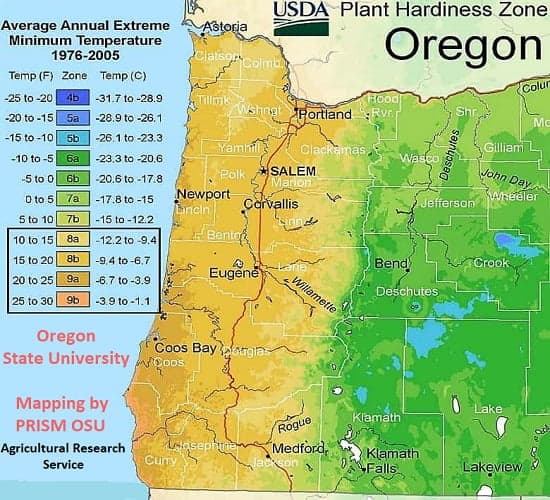 Washington State coast map for plant hardiness from USDA
Washington State coast map for plant hardiness from USDANot To Scale
Where palms grow in Washington state
Likewise per Oregon, near coastal Washington is where palm trees can grow. As well as not in quite higher elevations, even if nearby the sea.
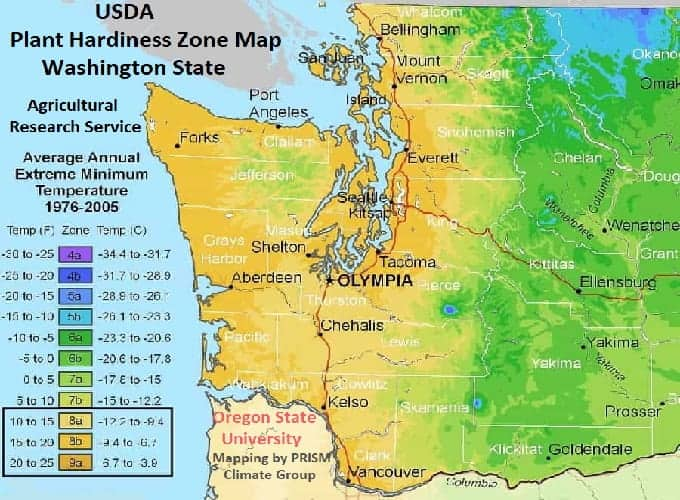 Washington State's coastal map for plant hardiness Courtesy: USDA
Washington State's coastal map for plant hardiness Courtesy: USDANot To Scale
Where can palm trees grow in Virginia?
On the other side of the country, there are areas here where palm trees can grow.
Like on Virginia's East Coast, it's along the ocean. Plus you'll notice, the Delmarva Peninsula doesn't get the extreme lows.
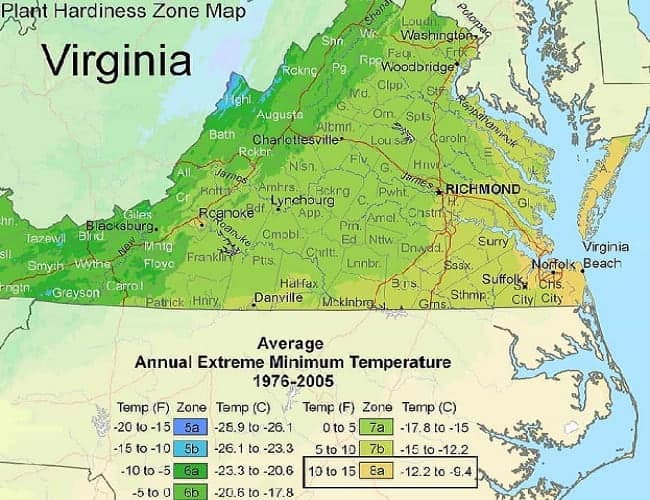 Limited areas for palms, but some push the envelope!
Limited areas for palms, but some push the envelope!USDA Map Not to Scale
Where Can Palm Trees Grow in Asia?
CHINA
A good portion of the southeast region of the country is suitable for growing palm trees. Plus the entire island of Taiwan is an appropriate clime for where palm trees can grow.
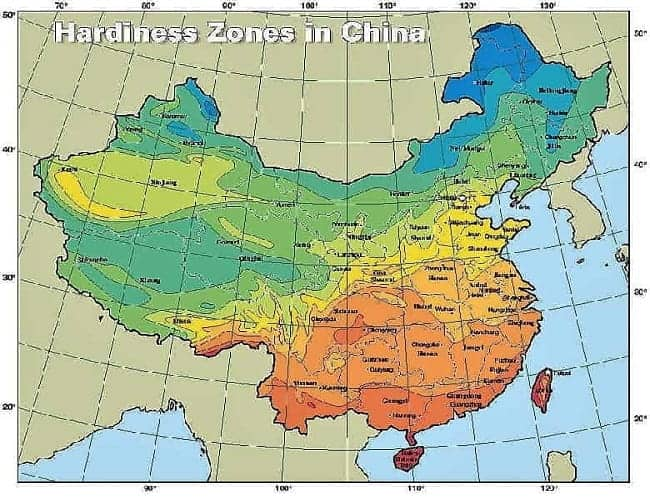
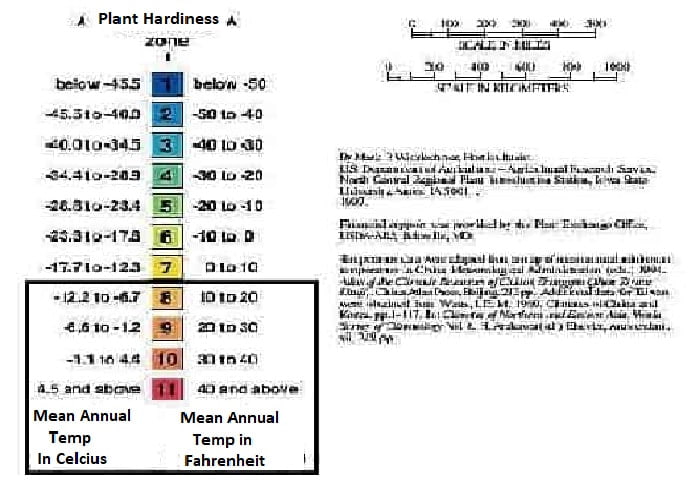 Map of China Not to Scale
Map of China Not to ScaleALONG THE BLACK SEA
Geographically speaking (rather than politically), we're pointing to Georgia, where coastal regions correspond to U.S. Zone 8, even some Zone 9.
- Black Sea Georgian coastal areas have warm, humid climates, on average. Rainfall is rain-forest like, about 177 inches/year.
- Winter temperatures average about 48oF/9oC. Certain palms tolerate this, when winter temperatures rarely get to the freezing point.
- When it happens, it's momentarily.
- As an example, the southeastern Black Sea coast city, Batumi, has a record low temperature of 19oF/-7oC. It didn't happen for long!
ALONG THE CASPIAN SEA
At part of the Eastern side of the Caucus area, it's possible for Growing Palm Trees.
- The southwestern coast can be warm enough.
- For instance, Lankaran Azerbaijan has a somewhat humid climate. Temperatures rank it in USDA Zone 7.
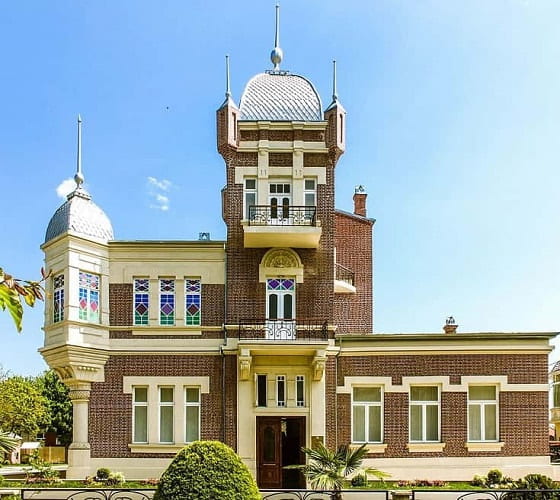 Khan Palace has the Lankaran Museum of History & Ethnography
Khan Palace has the Lankaran Museum of History & EthnographyPhoto: Urmen19 - CC BY-SA 4.0
And palm trees grow there! Like in adjacent Baku, Azerbaijan.
 Icheri Rapid Transit Station in Baku
Icheri Rapid Transit Station in BakuSUMMARIZING ASIA:
- Zone 7 climes are in coastal areas of the Caucasus and also in Southern Middle Asia.
- Zone 8 is in a narrow coastal area of southwestern Crimea where you'll see some palms. Plus in the Caucasus along shoreline of the Black and Caspian Seas.
- Zone 9 is limited to the southeastern Caucasus seacoast, along the Caspian Sea.
Takeaways for - Where can palm trees grow?
Palms can grow in many unexpected places.
I believe there are palms growing in more US States than mentioned here. From social media I've seen palms growing in New York & New Jersey. Probably many more areas!
Palms grow in places we wouldn't think of. Non-tropical areas like Norway! These palm trees should be the right palm for growing in colder climes. Such palms need a good amount of cold-hardiness.
